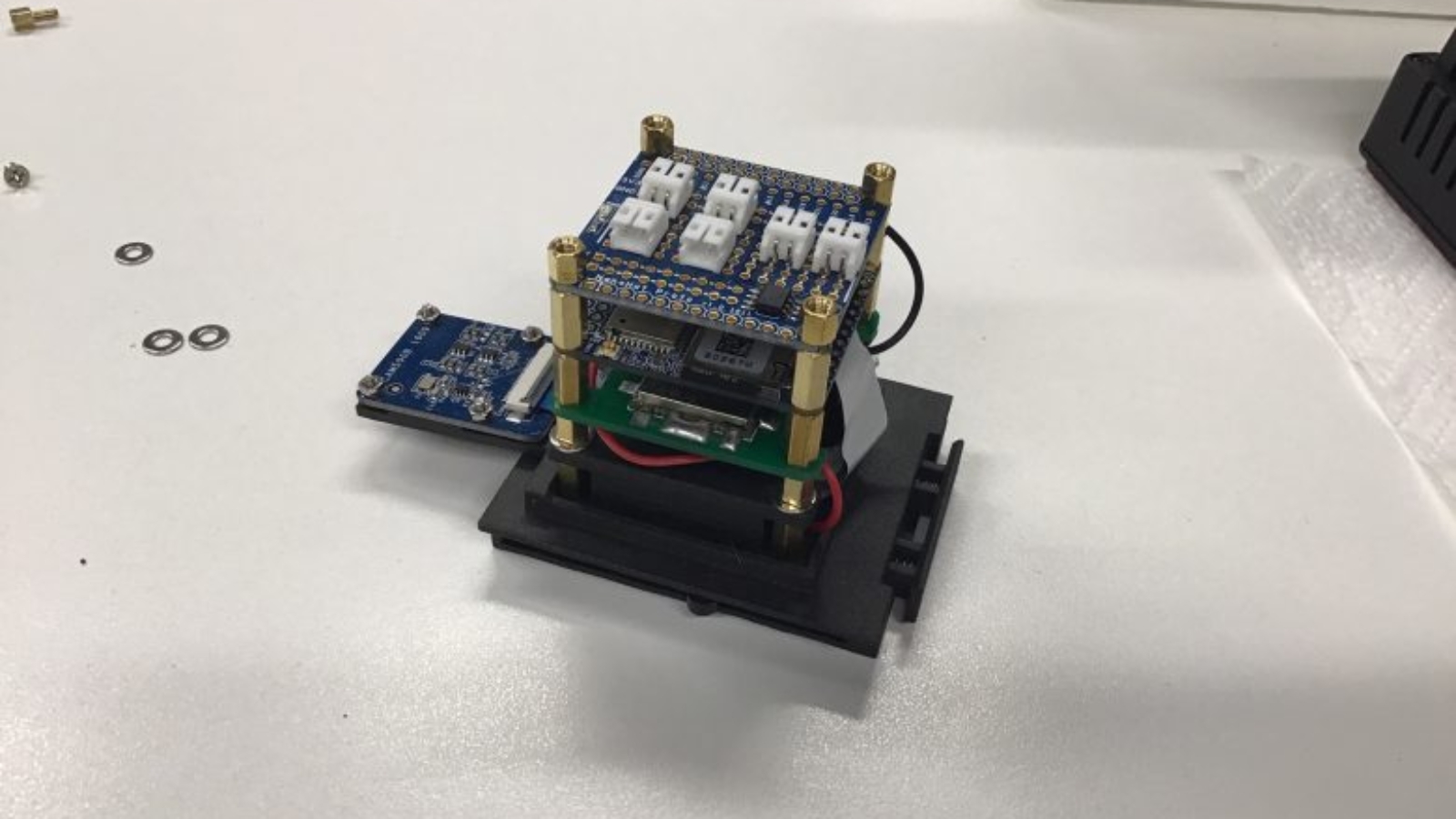US-based CRP USA manufactured three engineering models for Mini-Cubes. It is the first time that entire PocketQube functional prototypes flight-ready are manufactured using a carbon-reinforced composite material – Windform® XT 2.0 – and laser sintering process
Recently Joseph Latrell, CEO of Mini-Cubes, LLC and his team started a project based on the engineering of a new 1P PocketQube flight-ready, named Discovery. The aim of the project is the creation of a constellation of PocketQube satellites for monitoring a specific Earth’s resource, water.
Latrell turned to CRP USA for the manufacture of the entire satellite frame via laser sintering process using one material form the Windform TOP-LINE family of composite materials for laser sintering, the Carbon fiber reinforced Windform XT 2.0, created by Italy-based CRP Technology.
The main challenges were related to the small dimension of the satellite and to the material – since it was the first time that an entire satellite would be built from a Carbon-composite material.
Joe Latrell comments, “Discovery is a PocketQube satellite. These spacecraft are amongst the smallest with 50mm x 50mm x 50mm internal volume. Our particular satellite is a demonstration of what can be done for remote sensing of Earth’s resources on that scale. The challenge with something so small is to fit the electronics, camera, and radio system into it.
The assignment was tough – the Windform parts in the Discovery would be mission-critical.
Manufacturing on Demand
As Joe Latrell clarifies, “This was the first time an entire satellite would be manufactured from a material like Windform XT 2.0. Performance is everything. If anyone of the parts fail, it would result in complete failure of the spacecraft.”
CRP USA manufactured for Mini-Cubes three 1P PocketQubes functional prototypes: two for testing and one for flight.
“Joe’s team brings a unique challenge as they are packing a lot in a small package. Our team was able to use our experience with Windform® to help move the project forward,” stated Stewart Davis, Director of Operations at CRP USA.
Joe Latrell comments, “We have run quite a few tests with many more on the way. So far we have load tested to over 20 Kg. The material has been vibration tested to NASA GEVS-7000 specifications, subjected to a near-vacuum to simulate the conditions in Earth orbit, and thermally tested from +50c to -40c. Windform® XT 2.0 has passed every test we threw at it.”
He continues, “The next step for us is to test the satellite on orbit. This will be the final validation for our process. The plan is to launch sometime in Q2 2021.”
For more information:
- crp-usa.net
- windform.com
You might also like:
Easy or detailed: 3D print your own Crew Dragon replica: The first is Morethan3D. This studio designs and sells very (very) complex models to be assembled for fun but also as phenomenal STEM education projects. Morethan3D was founded by An Duong, a Nottingham University graduate who now works in the aerospace industry at Rolls Royce. Duong designed two models: a simpler one, the Dragon-M3, which he is making available as 3D printable STLs for free, and a very accurate and complex replica, the Dragon-MS. This one is available as 3D printable files for £40 and fully 3D printed and assembled for £200.
* This article is reprinted from 3D Printing Media Network. If you are involved in infringement, please contact us to delete it.
Author: 3D Printing Media Network


Leave A Comment